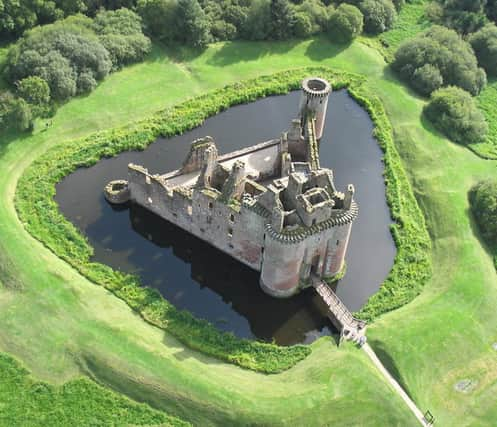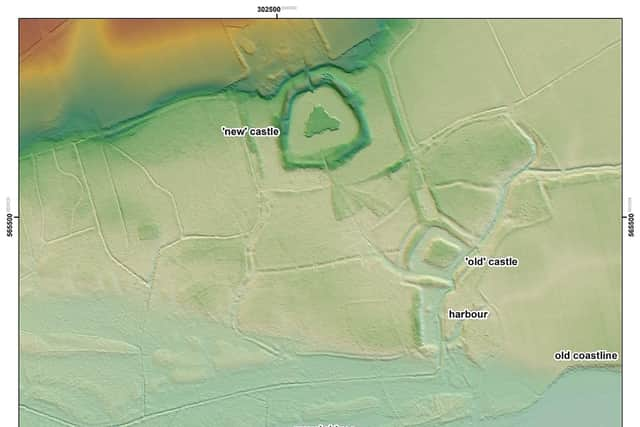Story of Scottish castle that vanished 750 years ago to be unearthed


Old Caerlaverock Castle near Dumfries was home to the Maxwell family in the mid-13th Century but the residence was abandoned by the powerful family after 50 years with ‘new’ Caerlaverock built just 200 metres away.
Historic Environment Scotland and St Andrews University are set to carry out a detailed survey of the site and a nearby harbour – long submerged in silt – to understand the full reasons why the original castle, which stood from around 1220 to 1270, was left behind.
Advertisement
Hide AdAdvertisement
Hide AdOver time, it has been thought that subsidence may have been behind the abandonment as well as the need for the Maxwell family to acquire a home that better reflected their growing status.


It is now also believed that changes to the coastline caused by “extreme weather events” may have helped push the Maxwells from their home.
Stefan Sagrott, Senior Cultural Resources Advisor at Historic Environment Scotland said: “Working with the University of Stirling, we are undertaking palaeoenvironmental coring and analysis at Caerlaverock Castle to better understand the events which led to the abandonment of the 'old' castle in favour of the 'new' one."
The harbour survey will date it for the first time with it hoped waterlogged artefacts of leather and wood could help tell the story of everyday life at 13th Century Caerlaverock.
Mr Sagrott said: "It is thought that extreme weather events caused gravel ridges to be driven from the sea to the coast, which affected the castles relationship with the coast, potentially changed the water table and possibly sealed off the harbour as well.
“We will also be working with the University of St Andrews to attempt to date the harbour, which is currently undated, using optical stimulated luminescence.
“The location of the castle within the wider landscape was significant; although now removed from major roads and settlements, in the Middle Ages, its coastal location gave it access to the sea as well as increasing its defensiveness against potential enemies.”
The ‘new’ Caerlaverock was besieged several times as the Maxwell’s allegiance flipped between the Scottish and English causes.
Advertisement
Hide AdAdvertisement
Hide AdIn 1300, Edward I sent 3,000 men-at-arms, including 87 knights and a group of specialist siege engineers to take Caerlaverock. The small garrison held out for two days.
Mr Sagrott said: "It was situated on a principal route to the River Nith and into Galloway to the west. This explains why Edward I besieged and took it in 1300 and possibly even its initial foundation in the 13th century. The importance of the location is also seen in the fact that the ‘new’ castle was located in such a similar location to the ‘old’.”
The replacement Caerlaverock Castle stands largely complete. Surrounded by a triangular set of defensive walls, it is considered amongst the best examples of Scottish medieval architecture.
It also featured in the romantic comedy The Decoy Bride, starring David Tennant and Kelly Macdonald.
